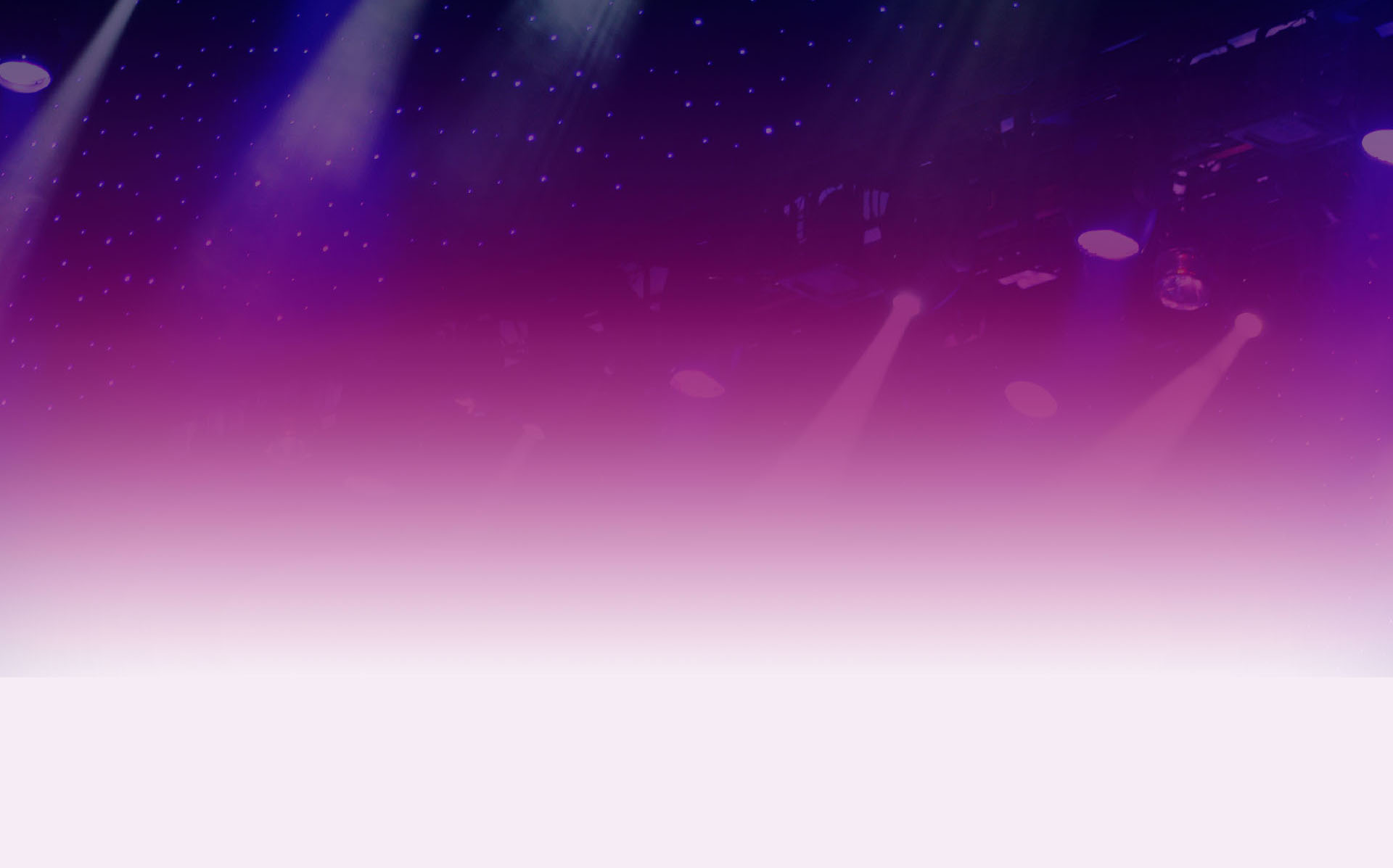Every year around 30,000 students visit the Welcome Fair at Manchester Students’ Union, to find out about opportunities for activities they can take part in during their time at University. Over 200 student societies set up stalls to attract new members, and more than 10,000 sign-ups are completed. The main fair takes place in four locations around the SU, and runs over two days, with an additional fair aimed specifically at international students taking place earlier in the week.
Managing the sign-up system is a challenge, due to the volume of visitors and the necessity of gathering certain information. Many societies charge a membership fee, so a large amount of money has to be processed securely.
This year, we moved from an entirely paper-based system, to being the first Union to make use of NUS Digital for sign-ups, through an app that uses QR codes unique to each society and membership fee to automatically join students to groups. Using the QR code as a sign-up tool rather than a link to a website has made this an innovative and efficient system. As the website is linked into the University’s database, we can be sure that anyone joining up through the app is a registered student at the University. This reinforces the links between the SU and the student body, placing us centrally in their time here at Manchester, right from the start of their University experience.
We had to think creatively to make the app work in practical terms for the event. We established that printing the QR codes onto stickers for each society to give out would be the best way to do this. We produced booklets to give out to all visitors (pdf copy attached), with a map of the fair and places to put stickers, alongside information about the Fair and the Students’ Union. Once they had collected all the stickers they wanted, students had them scanned by Union representatives using tablet computers at a central point, and paid any membership fees in a single transaction. Crucially, this meant all students visiting the Fair left with literature promoting the SU and made their links to societies centrally through the Union, in contrast to the previous system which relied on societies getting back in contact with students thereafter – a process which didn’t always happen.
The new system provided many benefits for students visiting the Fair. Centralised registration ensured that only those who want to join a society did so, and successfully addressed issues raised from previous years, when over enthused society committees pushed new students to sign up to mailing lists. It allowed them to go around the whole fair and assess all their options before committing their details, and indeed their money, to a particular group. The map handed out at the Fair also gave details of how a student could sign up from home, giving them more time to consider their options in a calmer environment. While our fair is held entirely in accessible spaces, it is an extremely busy event and some students prefer not to visit, for example if they suffer from anxiety or are uncomfortable in large crowds. This system has allowed us to produce an ‘online welcome fair’, with information on all societies taking part and the ability to sign up online, meaning that all students can take part from the beginning of the year, adding themselves instantly to an online community of people with shared interests.
Student societies instantly receive access to a mailing list made up of those who have had their QR code scanned. Their finances have been made more secure, by having all cash transactions run through a single point, rather than societies individually handling large sums of money on their stalls. They can access their own QR codes via their section of the website to use on their own publicity throughout the year, as they double as a link to the society’s website page. The admin time needed by both societies and SU staff has dramatically decreased, as all mailing lists had previously been typed up by hand.
Students at the fair liked the system, as it was interesting and a bit quirky. They queued up to scan codes because it was a bit different and many of them saw the benefits of joining up ‘officially’ through the website, rather than signing a piece of paper, as they had done previously. As the technology was portable we were able to facilitate sign-ups at smaller events through it, for example the LGBT welcome event, and a smaller fair held on our North Campus, an area in which it is difficult to engage with students.
Our technical competencies were tested while developing and implementing this new system. We worked closely with the team at NUS Digital to provide specifications and run usability tests to ensure the system would be ready. Running with this system was a leap of faith for the Union and was piloted with a soft launch at our International Fair, attracting over 1,000 visitors - a relatively small group of students before the main Fair, allowing for any teething problems to be ironed out before full launch. Cross-team working and peer learning were vital in this project’s success, with significant staff effort put into uploading all society details, producing each individual QR code both prior to and during the Fair, and ensuring a steamlined and seamless experience for both student groups and individuals wanting to join up to take advantage of the opportunities they offer.
Benefit summary:
- Multiple options for students to register, both at the fair and remotely, creating a more accessible system
- Reinforces links between societies, the SU, and the student body
- Real time data for Societies
- Improved transactional security
- Reduced administration time to process registrations and improved accuracy, allowing staff to focus on more developmental work with societies
- Facilitates registration at multi-site and smaller student-led events
- Improved student and student group experience at the Fair


